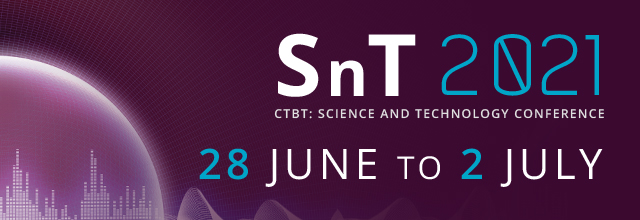Speaker
Description
Ground-truth (GT) recordings of low-yield quarry blasts at near-source distances provide a means of assessing the accuracy of seismoacoustic arrays in detecting and characterising explosive events. Infrasonic recordings from surface explosions generally show superior signal-to-noise (SNR) ratios compared to seismic detections, however dynamic atmospheric conditions introduce uncertainty. For detection of low-yield explosions in urban environments, small-aperture arrays of collocated seismic and acoustic sensors should perform well in a greater variety of conditions. We deployed two six-node, small-aperture seismoacoustic arrays in near Labrador City and Ottawa, Canada, over month-long periods. Using an empirical approach, we develop amplitude and period scaling relationships for estimating yield at distances 3-70 km using GT event details (timing, location, explosive yield) provided by mine and quarry operators. The sources are ripple-fire detonations spaced milliseconds apart. The blast durations are ~10-30 seconds, and origin times are generally accurate to within seconds. Blast yields are 3-1000 T of TNT equivalent and associated seismic magnitudes are approximately 1.3-2.9 MW. We show that seismoacoustic data are complementary and, when combined, result in more accurate blast characterisation.
Promotional text
This study focuses on improving our understanding of seismoacoustic characteristics of low-yield explosions at near-source distances, with applications to urban seismoacoustic monitoring arrays.

